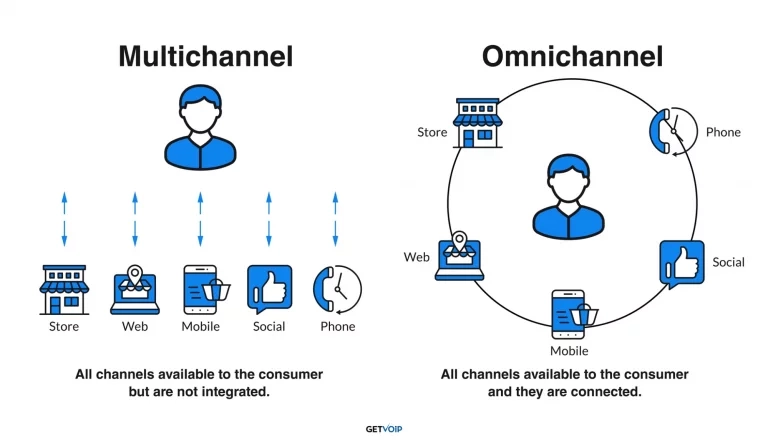Refrigeration and Air Conditioning Technology: 9th edition
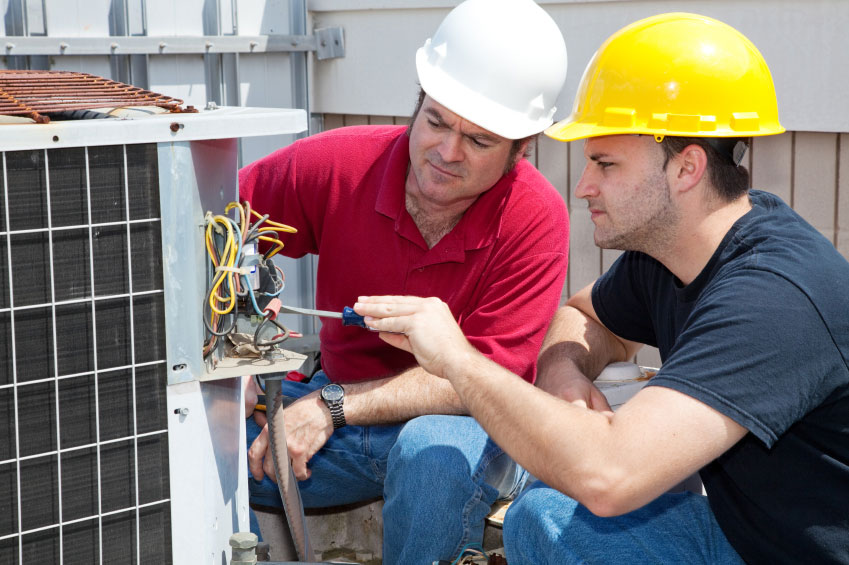
The applications of refrigeration and air conditioning technology are vast and play a significant role in various aspects of daily life, industry, and commerce, as well as sectors like medicine, agriculture, fishing, and mining. With ongoing economic growth, a thriving society, improved living standards, and reduced wealth disparity, the prevalence of refrigeration and air-conditioning has surged. It is no longer limited to households, as air conditioners are now common in factories, offices, and homes, and there is a continuous introduction of new refrigeration and air-conditioning equipment, driving the growth of the industry.
🌬️🌡️ Refrigeration and Air Conditioning Technology: A Closer Look 🌡️🌬️
Air conditioners are primarily used for cooling large spaces, such as rooms or halls. The capacity of an air conditioner is determined by the user’s requirements and the size of the area that needs to be cooled. Nowadays, air conditioners are widely utilized in various public utility spaces like conference halls, metros, trains, and even buses. In India, where temperatures can reach extreme levels during the summer, air conditioners have become an indispensable feature in major events during this time. Domestic usage of air conditioners in homes is also very common, particularly during the summer season.
Refrigerators, on the other hand, are designed to cool relatively smaller spaces and are mainly used for preserving food items as well as, in some cases, medical equipment. Refrigerators, or fridges, as they are commonly known, are considered essential appliances in every household, given the tropical climate of India. Apart from homes, refrigerators are extensively used in restaurants for storing perishable food items and preserving medical supplies.
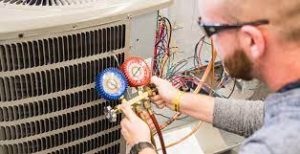
Let’s take a closer look at these remarkable technology:
Refrigeration and air conditioning technology have emerged as crucial subjects in the 21st century. These advancements have enabled the preservation of perishable food and facilitated the production of high-performance plastics through effective process cooling.
The demand for comfort has made air conditioning systems essential for buildings and vehicles. While closely related, air conditioning and refrigeration are distinct sub-disciplines.
Refrigeration technology encompasses the methods and techniques used to generate cold. It draws upon various scientific disciplines, including thermodynamics, mechanical engineering, heat transfer, chemistry, thermal process engineering, apparatus engineering, and measurement and control engineering.
Air conditioning technology, a subset of HVAC (Heating, Ventilation, and Air Conditioning), focuses on regulating room temperature, air humidity, and air quality. An air conditioning system can perform functions like heating, cooling, humidifying, dehumidifying, and filtering. A refrigeration plant typically serves as the central component of an air conditioning system.
Overall, refrigeration and air conditioning technology have revolutionized numerous industries and are reliant on a diverse range of scientific and engineering knowledge.
🧊 Refrigeration Technology:
Refrigeration technology involves the process of cooling a space or substance to lower temperatures than the surroundings, thereby preserving and extending the shelf life of perishable items. It utilizes a closed system that circulates refrigerant gases, such as hydrofluorocarbons (HFCs), through a series of stages. These stages include compression, condensation, expansion, and evaporation, which collectively extract heat from the desired space or substance, resulting in cooling.
❄️ Air Conditioning Technology:
Air conditioning technology is primarily focused on maintaining comfortable and controlled indoor environments and regulating temperature, humidity, and air quality. It involves the circulation and conditioning of air within a space to achieve desired thermal comfort. Air conditioning systems typically consist of an evaporator, a compressor, a condenser, and an expansion valve. The process involves the evaporation of refrigerant in the evaporator, followed by compression, condensation, and expansion to achieve cooling and dehumidification of the air.
💡 Applications and Benefits:
Refrigeration technology finds extensive applications in the food and beverage industry, cold storage facilities, medical and pharmaceutical sectors, and various industrial processes. It ensures the safe storage and transportation of perishable goods, the preservation of vaccines and medicines, and the efficient operation of industrial equipment.
Air conditioning technology is widely used in residential, commercial, and industrial spaces to provide optimal comfort and productivity. It creates pleasant living and working environments, improves indoor air quality, and enhances overall well-being.
🌍 Sustainability and Future Developments:
In recent years, there has been a growing emphasis on sustainability and energy efficiency in refrigeration and air conditioning technology. Efforts are being made to phase out ozone-depleting substances and reduce the environmental impact of refrigerants. Advancements in technology, such as the adoption of natural refrigerants and the development of energy-efficient systems, are driving the industry toward a more sustainable future.
As we continue to strive for comfort, convenience, and environmental responsibility, refrigeration, and air conditioning technologies will undoubtedly play a vital role in shaping our present and future.
Physical Concepts behind Refrigeration and Air conditioning technology
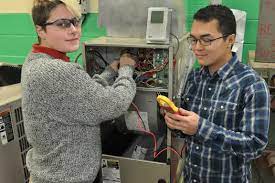
The functioning mechanisms of both air conditioners and refrigerators incorporate gas expansion, specifically designed chemicals and the conversion of gas to liquid. However, there are notable distinctions between air conditioning and refrigeration. To gain a better understanding of the concepts and variances between the two, students can refer to the table provided below.
The Differences Between a Refrigerator and AC:
Thermal Energy:
Refrigeration involves the movement of thermal energy from a colder location to a warmer location. On the other hand, air conditioning functions by removing thermal energy to maintain the air at a lower temperature.
Parts:
In a refrigeration system, the compressor, condenser, and evaporator are combined into a single unit. However, in an air conditioning system, the condenser and compressor are separate from the evaporator, forming distinct units.
Application:
The difference between refrigeration and air conditioning technology is that refrigeration typically involves the regulation of air temperature, including the freezing or cooling of products. It focuses on maintaining the temperature of a specific air capacity within the surrounding environment. On the other hand, air conditioning not only regulates temperature but also helps in controlling humidity and ensuring air purity. This distinction between refrigeration and air conditioning lies in the additional functionalities provided by air conditioning systems.
Vaporization:
In comparison to air conditioning, refrigeration units use a cycle that involves introducing HFC (hydrofluorocarbon) into a low-pressure chamber specially designed to facilitate the boiling of the gas. On the other hand, in an air conditioning system, there is an evaporator responsible for converting a liquid into a gas.
Supply:
The main distinction between refrigeration and air conditioning is the source of supply. In refrigeration, the necessary internal chemicals and air are sourced from the surrounding atmosphere. On the other hand, in air conditioning, the mechanism is supplied with gas through pipes.
Circulation systems:
In refrigeration systems, the circulation is designed to maintain the coolant within a confined space for preservation. On the other hand, in air conditioning systems, the circulation is aimed at projecting cool air away from the components.
The best book on Refrigeration and air conditioning technology, 8th edition
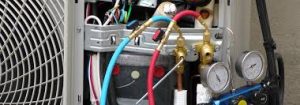
1. Bibliographic information:
Title: Refrigeration and Air Conditioning Technology
Authors: John Tomczyk, Eugene Silberstein, Bill Whitman, and Bill Johnson
Edition 8
Publisher: Cengage Learning, 2016
ISBN 1305856627, 9781305856622
Length: 1728 pages
Subjects Technology & Engineering › Construction › Heating, Ventilation & Air Conditioning
This book offers practical and easily understandable guidance for HVAC service and repair. It equips readers with a strong foundation and practical applications to comprehend the HVAC industry’s current challenges and environmental concerns, along with their solutions. With a focus on sustainable technology and a commitment to green awareness, the 8th Edition explores the latest advancements in the field. Additionally, it addresses crucial soft skills and customer relations issues that greatly impact customer satisfaction and employment success.
The inclusion of memorable examples, over 260 supporting photos, and unique Service Call features bring the concepts to life, aiding readers in developing the essential skills necessary for a successful career in the HVAC industry. (90 words)
2. Refrigeration and Air Conditioning Technology (MindTap Course List) (Hardcover)
Silberstein, Eugene; Obrzut, Jason; Tomczyk, John; Whitman, Bill; Johnson, Bill
In the Ninth Edition of “Refrigeration and Air Conditioning Tech,” readers can acquire the knowledge and skills necessary to maintain and troubleshoot modern heating, air conditioning, and refrigeration systems. This best-selling resource offers clear and accessible guidance, practical applications, and a solid foundation for understanding HVAC service and repair, as well as the environmental challenges and solutions involved.
With a focus on sustainable technology and a commitment to exploring new advancements and green awareness, the Ninth Edition includes updated content throughout the text, over 400 new and revised figures and images, and the latest developments in the HVAC/R industry. Additionally, the authors draw on their extensive industry experience to cover essential soft skills and customer relations issues crucial for professional success. Real-world examples, vibrant photos, and unique Service Call features make key concepts memorable and aid readers in developing the knowledge and skills required to thrive in today’s dynamic industry.



